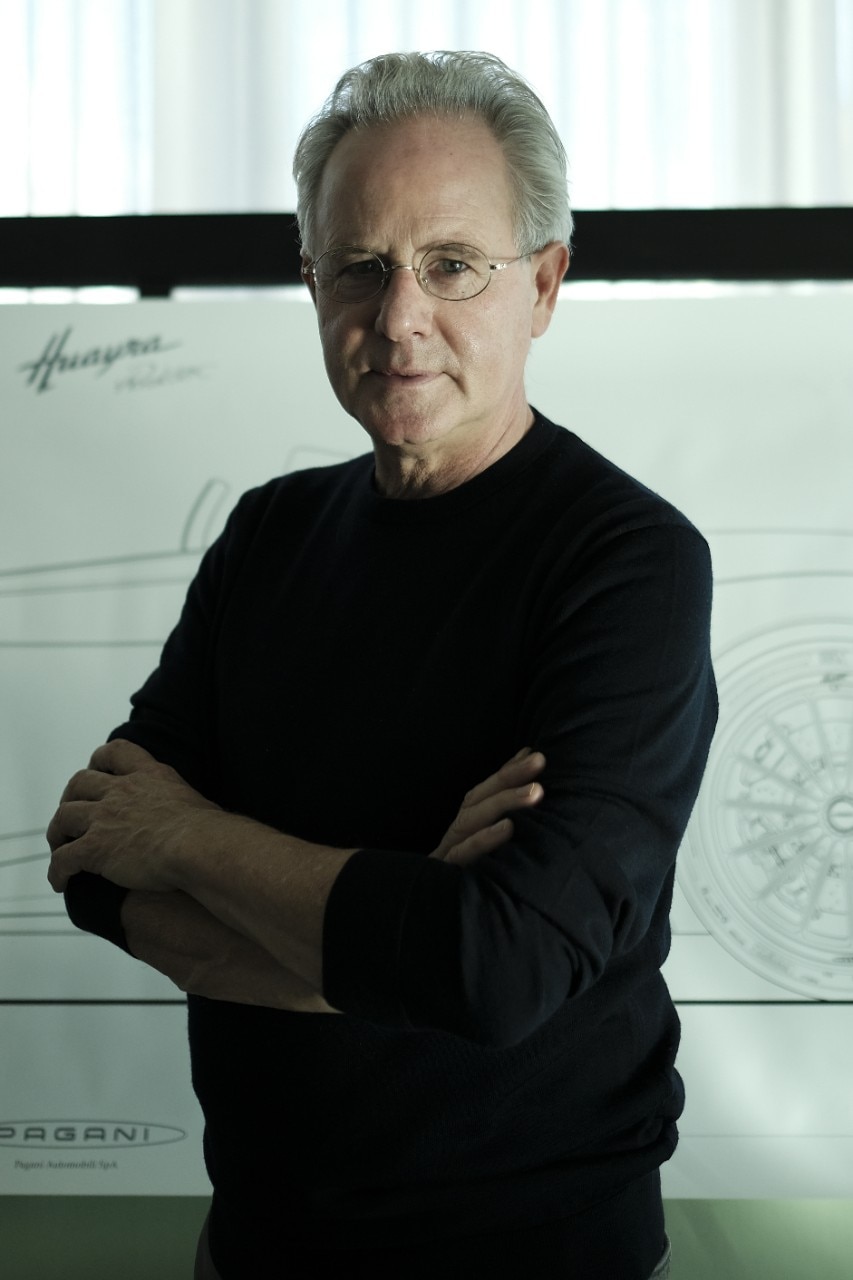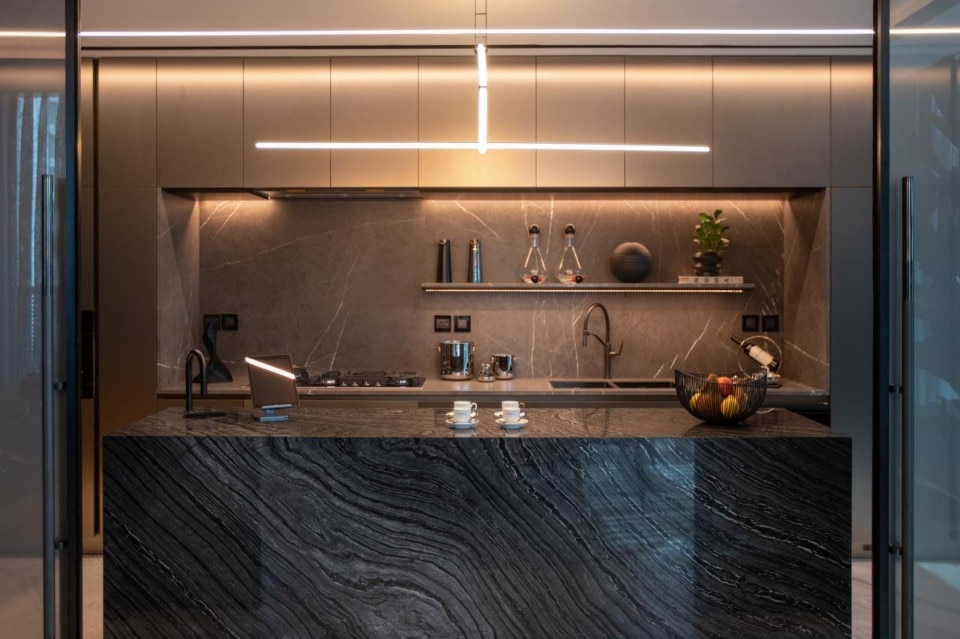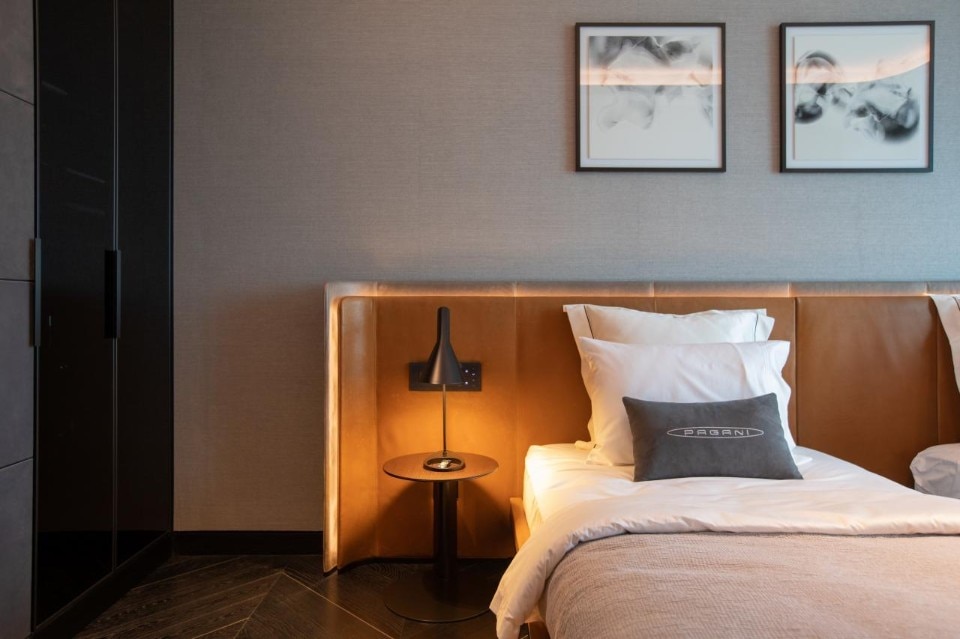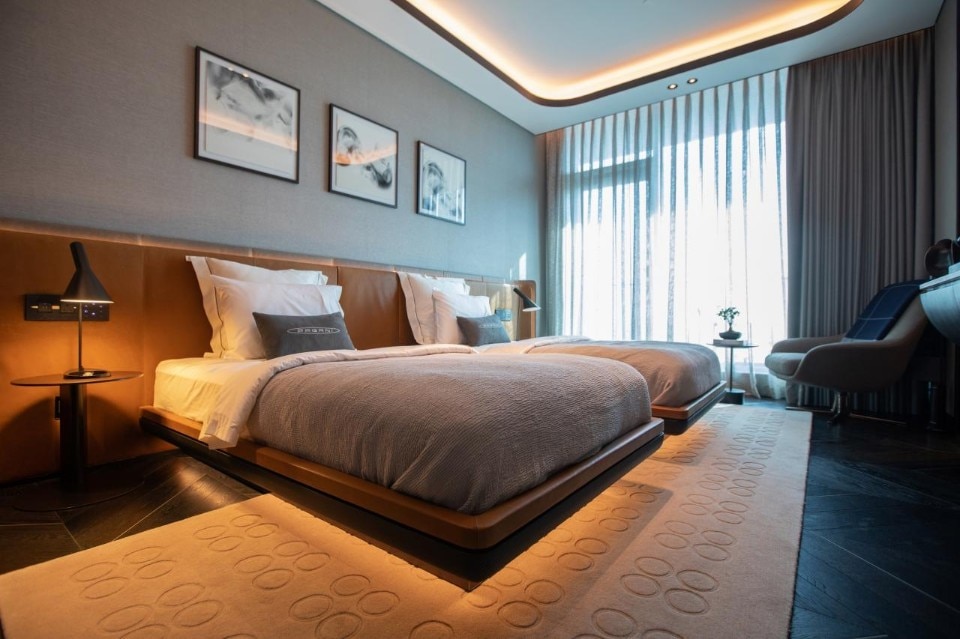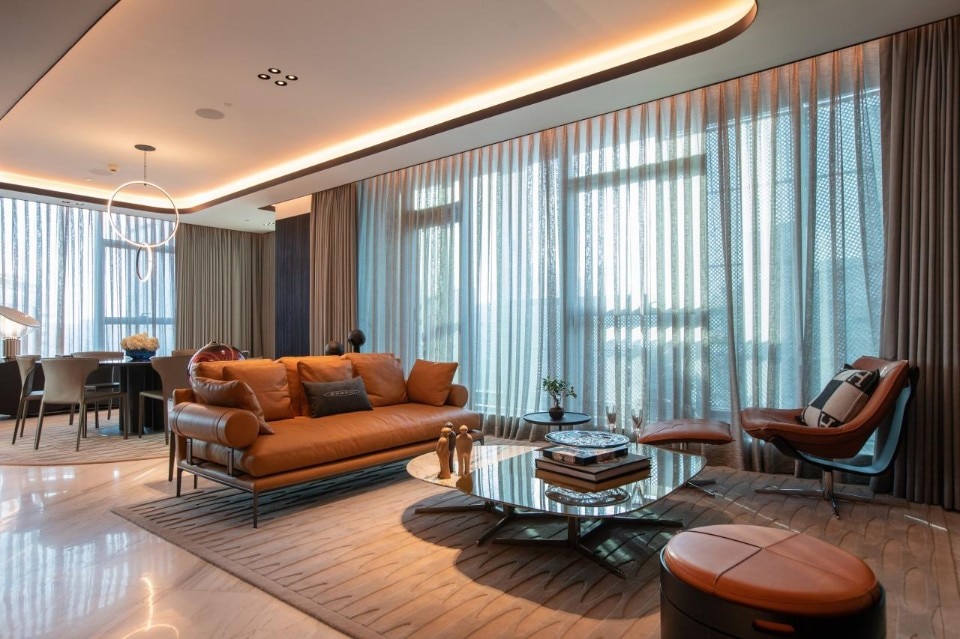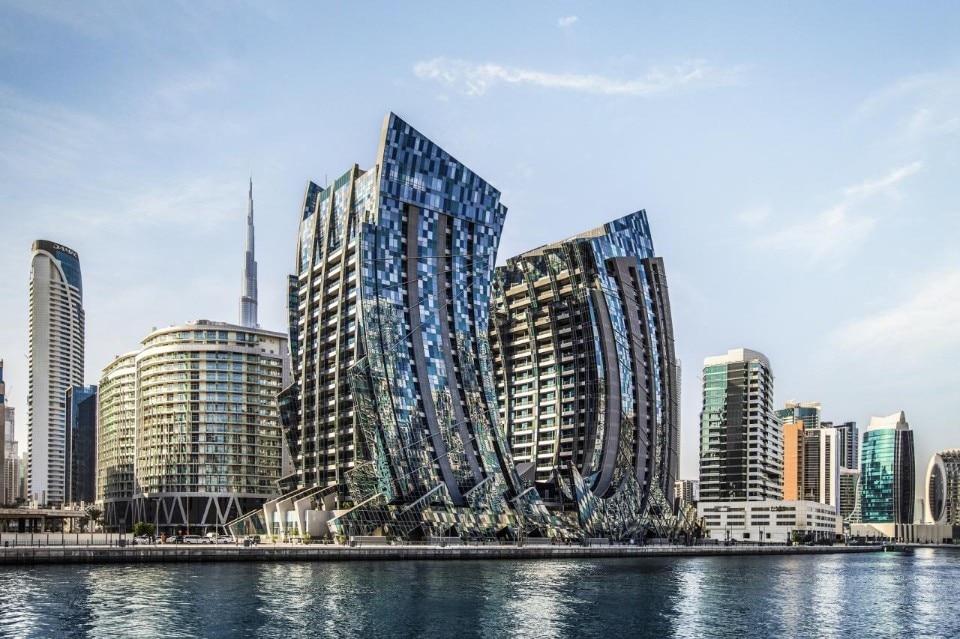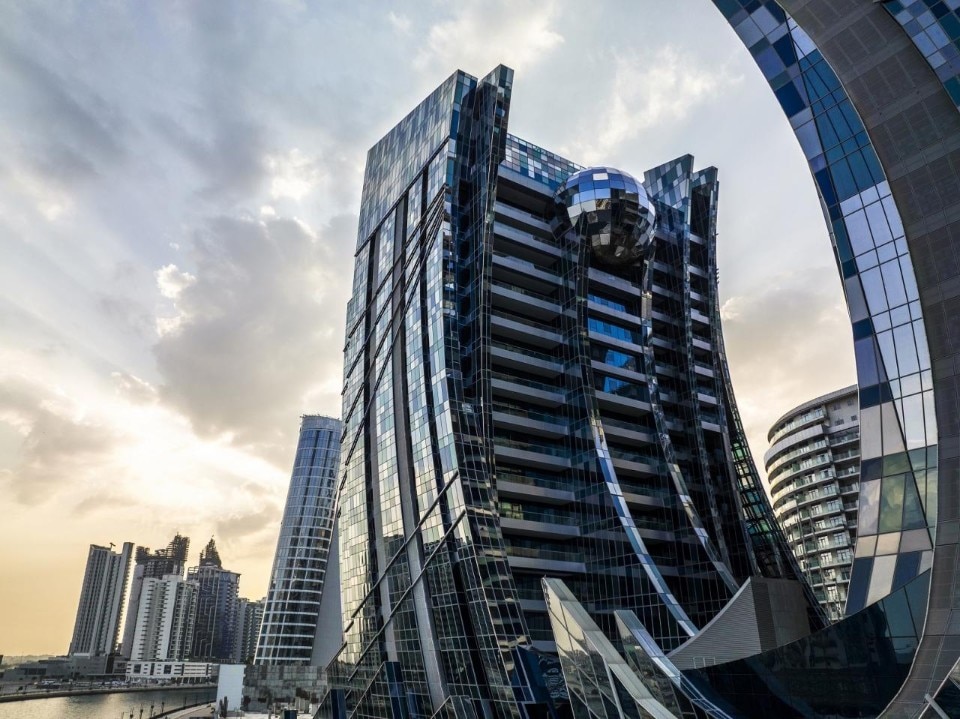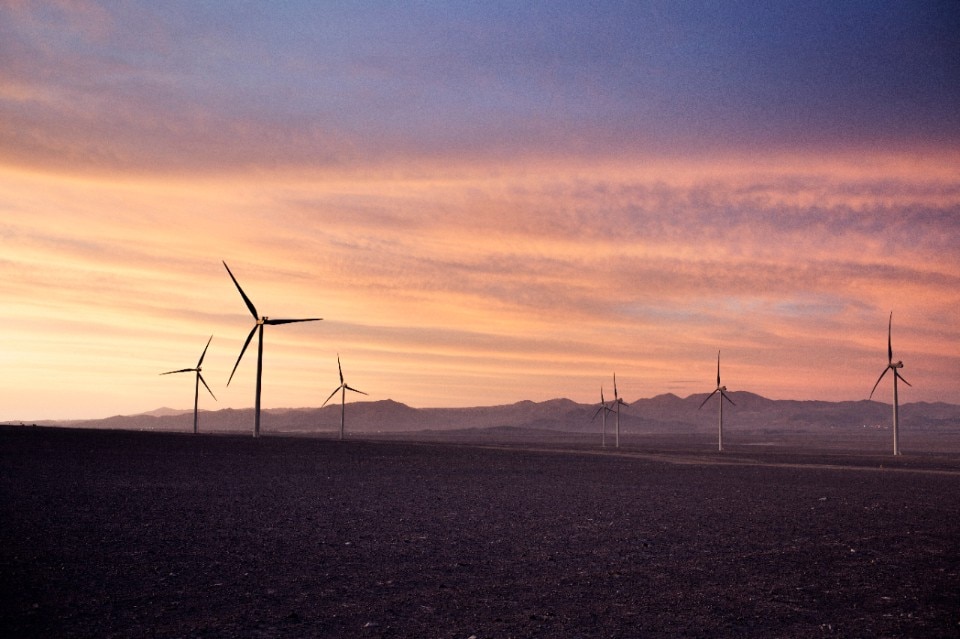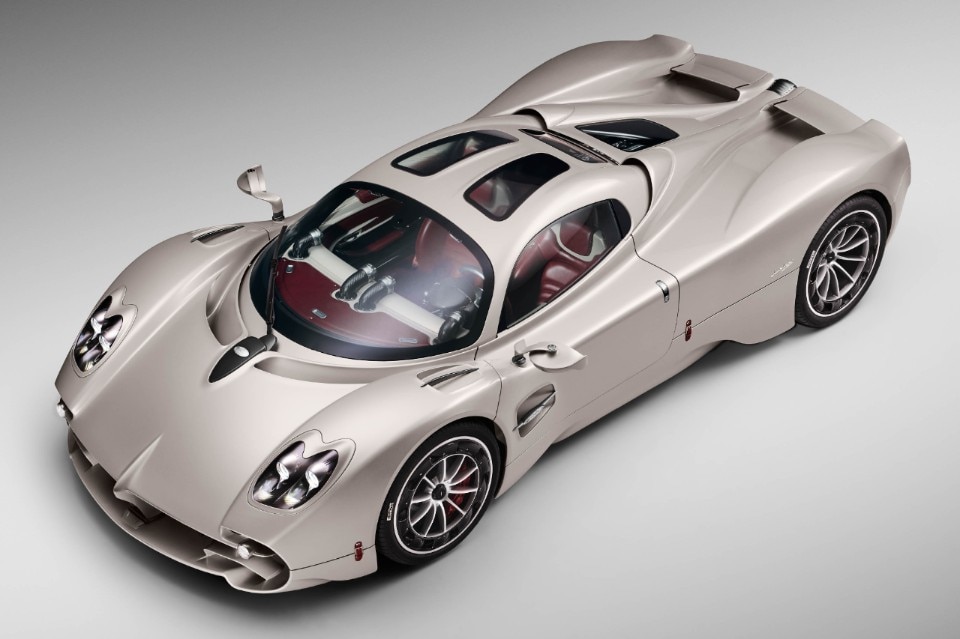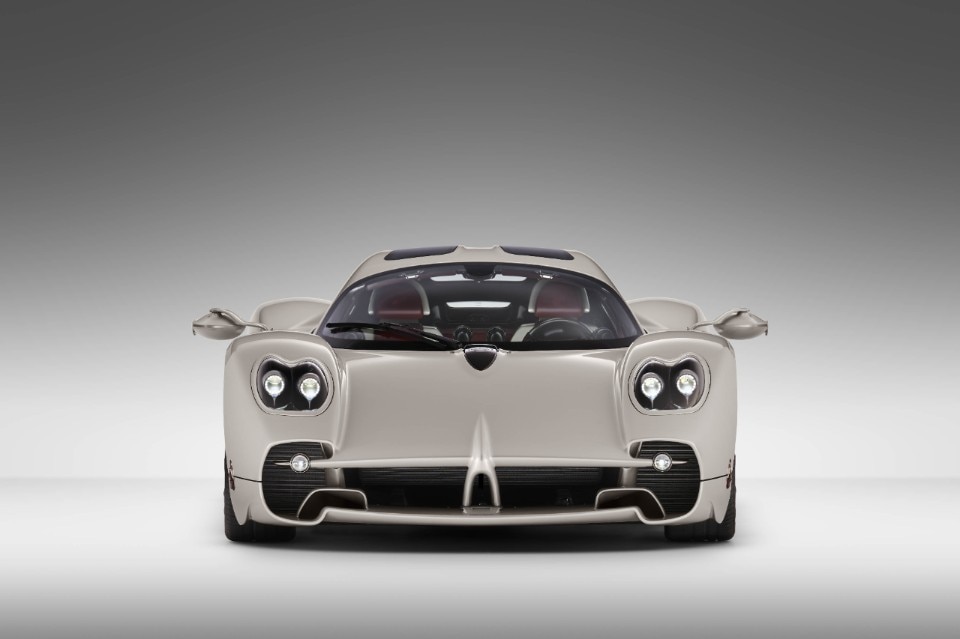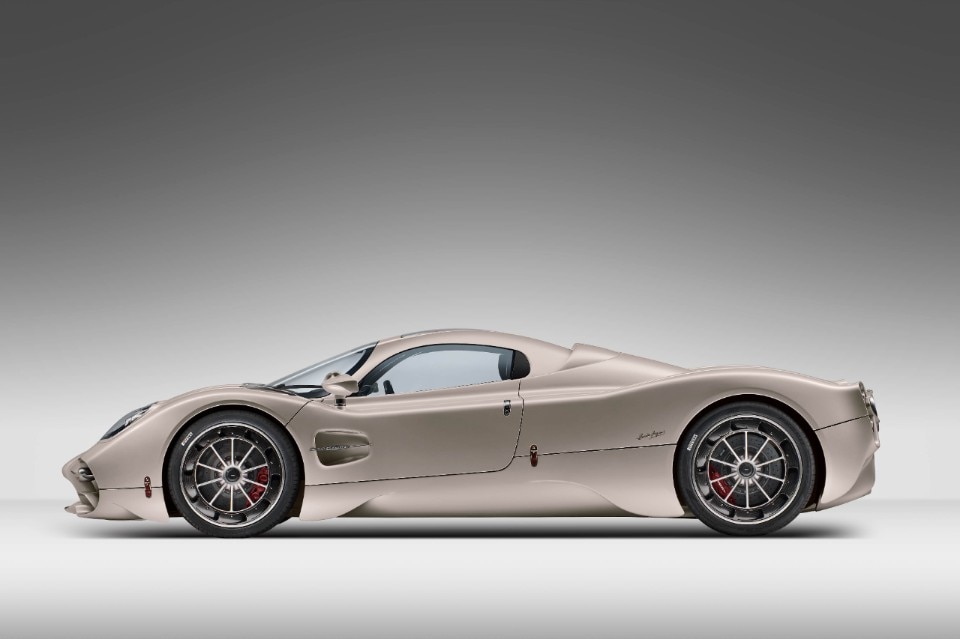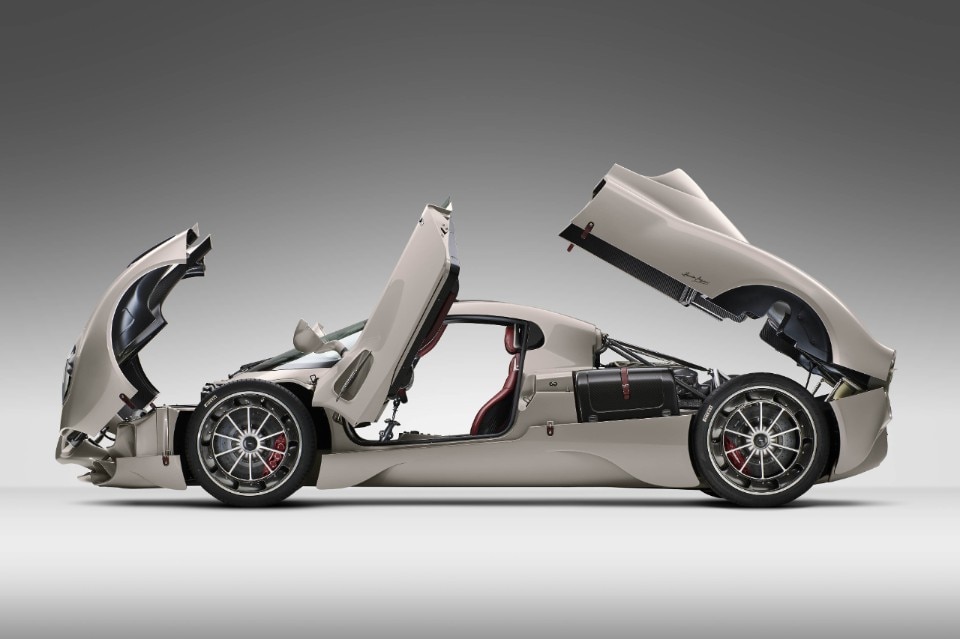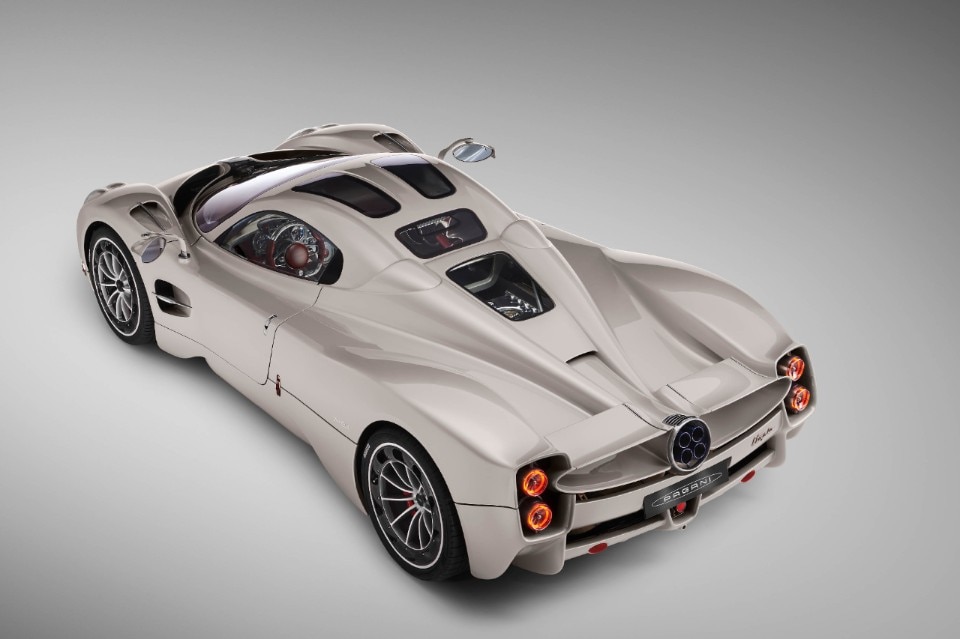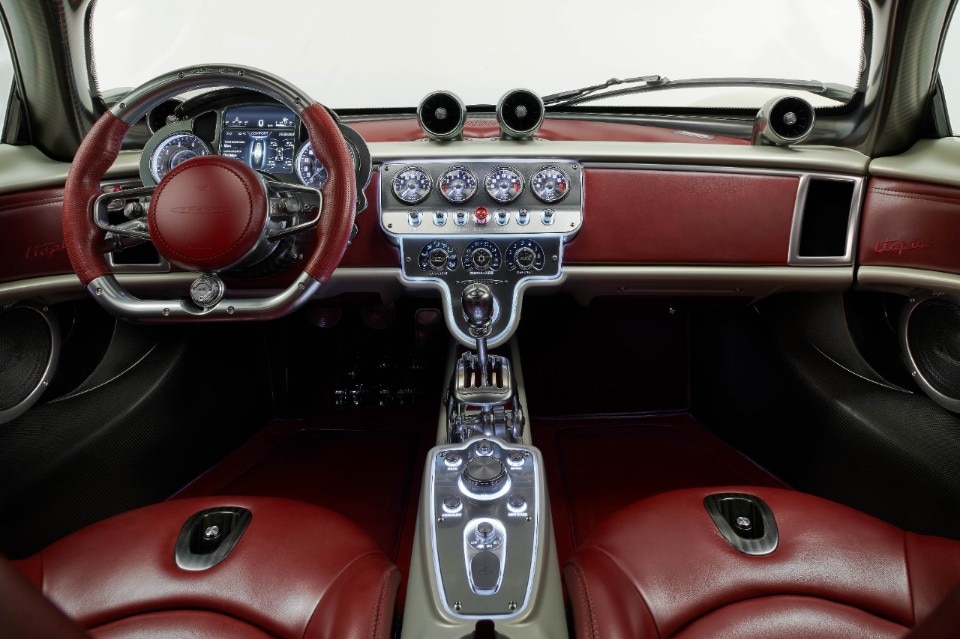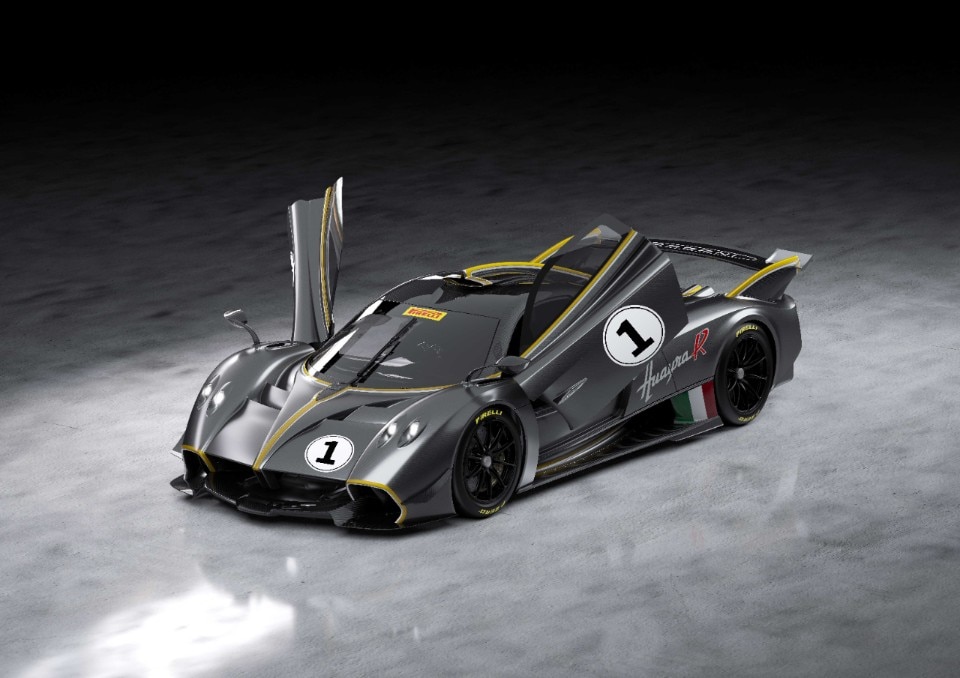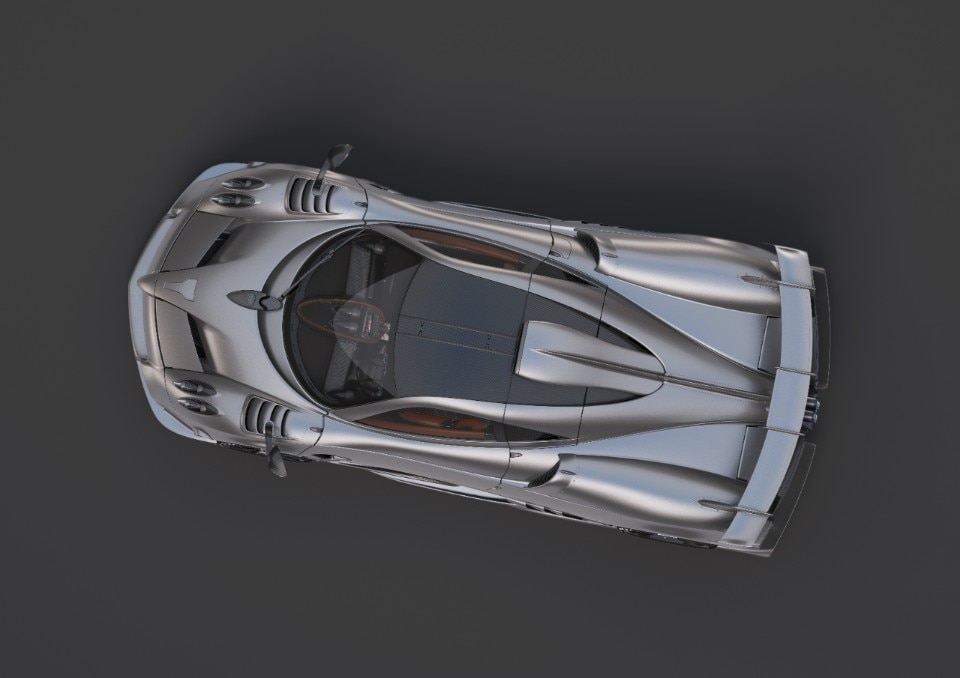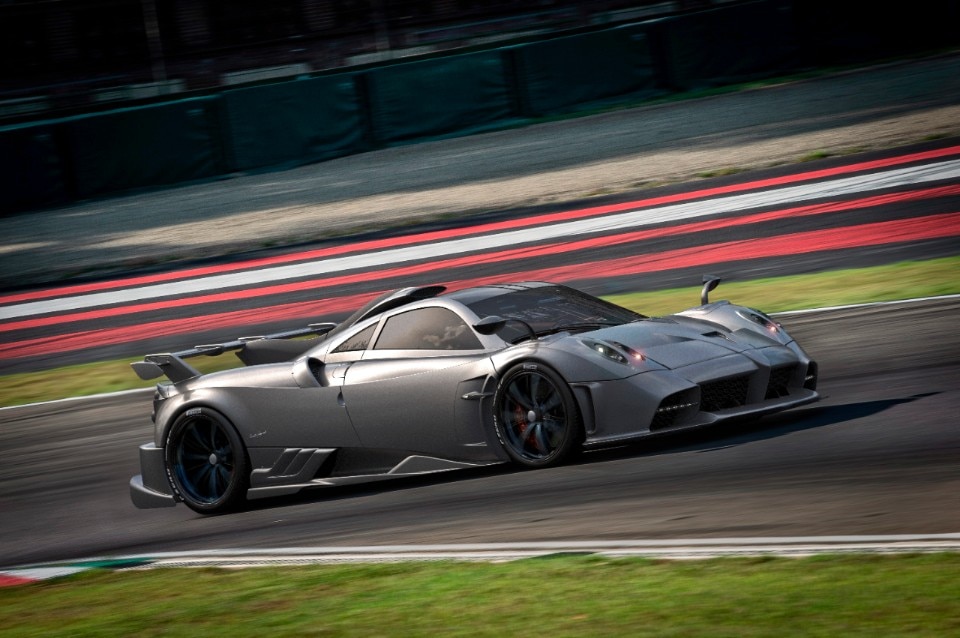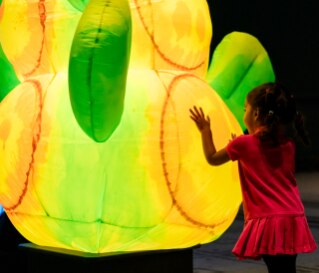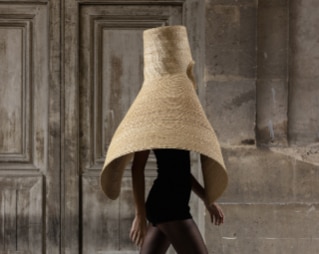When they were still alive, the founding fathers of the supercar brands were not ordinary people – and, in their defence, they had led no ordinary lives. Enzo Ferrari’s reserved personality was the result of a life made of light – cars and sporting triumphs – and darkness – the death of his son Dino. Ferruccio Lamborghini’s countryman-like verve, closer to bravado, was that of a farmer’s son from Cento, in the province of Ferrara, who abandoned his studies before even getting to middle school. Remaining in the Modena area, in San Cesario sul Panaro – almost halfway between Maranello and Sant’Agata Bolognese – today there is Horacio Pagani, and it is a whole different story.
Pagani, the son of a baker from Lombardy, was born in Casilda – in the province of Santa Fe, Argentina – on 10 November 1955. He has lived in Italy since 1983 and, forty years later, has managed to establish an extremely successful and appreciated automotive company, and now he even designed a living space in Dubai’s DaVinci Tower, where more than 80 flats will be furnished with pieces from the Pagani line. Today Horacio Pagani looks serene, as serene as someone who at the age of 67 has managed to create from nothing the most desired hypercars in the world and give them his surname. Pagani Automobili produces dreams that inhabit another market, even more prestigious than Ferrari, Porsche or Lamborghini. It is beyond all that.
Beyond – just like the flats of the DaVinci Tower in Dubai, an 880 million dirhams (about 200 million dollars) project financed by the DarGlobal group: the website describes the residences as “above luxury”, and there is no reason to deny it: views of the Dubai Water Canal – the artificial canal that runs through the centre of the city – and the Burj Khalifa, common areas with a gym, swimming pool, sky garden, spaces whose attention to detail almost approaches obsession and satisfy a clientele willing to spend $1.5 million for the smallest of the available flats.
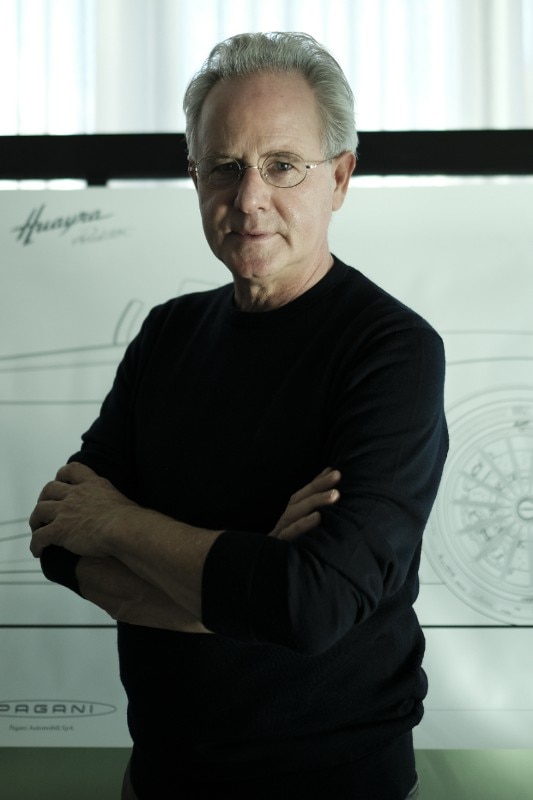
According to Pagani, the role of the architect in such a context is “to improve the quality of life, with the things he can do and create. Whenever we start a project like this, we must never act as if we were the ones going to live there. I always find it very annoying when I meet an architect and they say: “I would do it this way, I would do it that way”: you would do it that way because you like it that way, but you have to do it the way your client wants it, who maybe has a completely different taste or needs”.
The customers’ needs are indeed different, but the common points between the design of a car and a living space are many: “Above all, we must ask ourselves - whether it is a car, the interior of a private jet or a house - how the customer will experience this environment. This is a common feature of these projects. Designing a car, however, is perhaps even more complex: we homologate all over the world, as if we were big manufacturers, but we are small, and to homologate like Mercedes, BMW or Toyota do is a huge effort”.
Horacio Pagani, today a versatile industrialist revered by the world’s richest 1 percent, learnt all this as a boy in Argentina, when he was designing humbler places to live than the flats in the DaVinci Tower: motorhomes and caravans. “I made about ten of them, because in Argentina at the time there were no factories where you could go and choose your camper or caravan. I used to make them from A to Z: they would bring me a pickup and maybe even ask me to make it bigger. It was an experience I carried with me for the rest of my life, especially when it came to dealing with the customer’s needs, how to organise the space when there are very few square metres available, and you might have to accommodate two adults, three young children...”
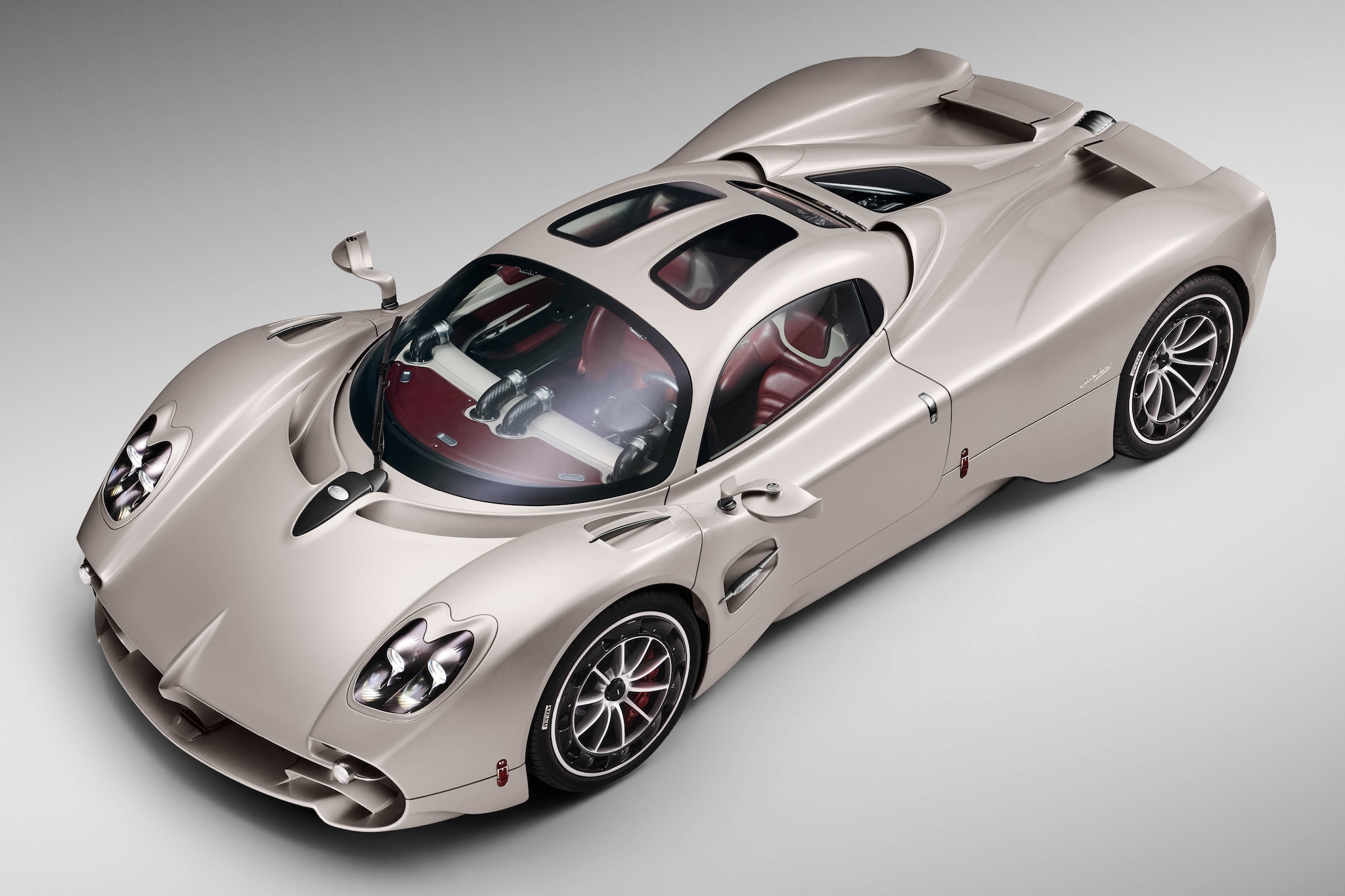
Moving on to the car design of the present and the future, Pagani is sure that “politics is forcing the world to switch to the electric car, but the world is not prepared to absorb the electric car”. By doing this, we are doing a big gift to China, he says, “the biggest battery producer”, but from the point of view of car design, he adds, “I believe that in a city with a high population density it is important to have small electric cars to move around in: they already exist, and this is the direction in which to go, on which we must insist”.
“You don’t need a lot of horsepower in the city, you don’t need a Tesla,” says Pagani. “I think that car designers should go in this direction, they should think of cars that are not individual but collective, that can be used and then left there. For me, this is a sector in which a lot of work will be done. We will also move towards autonomous driving, so the car will also be a working environment, but that’s another story altogether... and then there will be yet another car, the car that you use for family trips, and for me, it will be more and more like designing a house, with an automotive design that will seek customisation, and build an object that we will experience more”.
Customisation and the technological shift between automotive and interior design are another interesting, and consequent, point to be addressed together with Pagani, which for twenty-five years – and even longer, since the days at Lamborghini and Modena Design – has been making custom-built cars for an unusual clientele, bringing both the priceless craftsmanship of Italian luxury and the technology of aeronautics and motorsport to the automotive industry.
“We make cars that can cost between two to fifteen million euros,” Pagani resumes, “and the research behind it is enormous. Being a design and technology company that started making cars, we have developed a certain amount of experience in materials over the years. For example: when making a car, we use automotive leather, which has to withstand a whole series of specific cycles. It’s a highly treated leather: because you might leave the car outside every night, it’s subjected to extreme changes in temperature, it’s exposed to sunlight for hours and hours... so it doesn’t feel like the leather of a sofa, which is always at the same temperature and undergoes lighter treatments. However, we wanted an automotive leather – and one that was as tough as automotive leather – that had the same characteristics as sofa leather. We wanted it to feel like the leather of a handbag, but capable of withstanding all the stresses that a material exposed to what I was telling you about requires. Twenty years ago, thanks to one of our suppliers, we were already able to create this leather, and today we use this technology for the sofas of the DaVinci Tower, for example”.
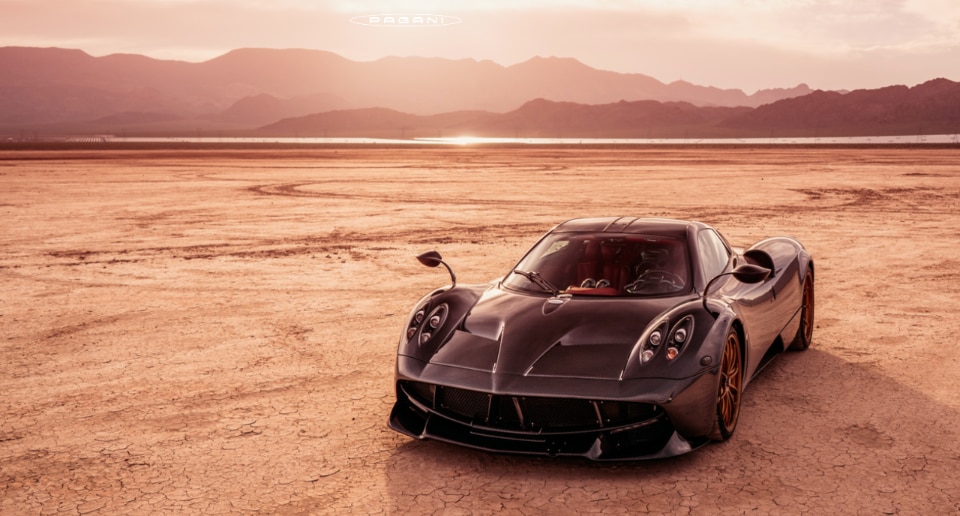
UThis kind of technological research on materials brings to static objects such as beds and sofas features that were first thought for the performance of the world’s most exceptional and expensive hypercars: “We make beds and sofas with technologies that are very similar to those of a car: the structural part is done with exactly the same criteria as a car. And just as when we presented the Zonda in 1999, which cost three times as much as a similar car of the time – but it had technology that people gradually appreciated – our sofa or our bed will not be cheap. All the hardware is made of titanium, for example”.
However, no one in the DaVinci Tower will be forced to have 100% Pagani-inspired furnishing. Indeed, not even Pagani – who has kept the top floor of the tower for himself – will furnish the space with his own pieces only: “We are furnishing it right now and it will not all be Pagani, we will also use other brands. I want a Valcucine kitchen, because it is full of technology like our cars. Of course, I could do the kitchen myself, but other people’s iconic objects are great, too”.


